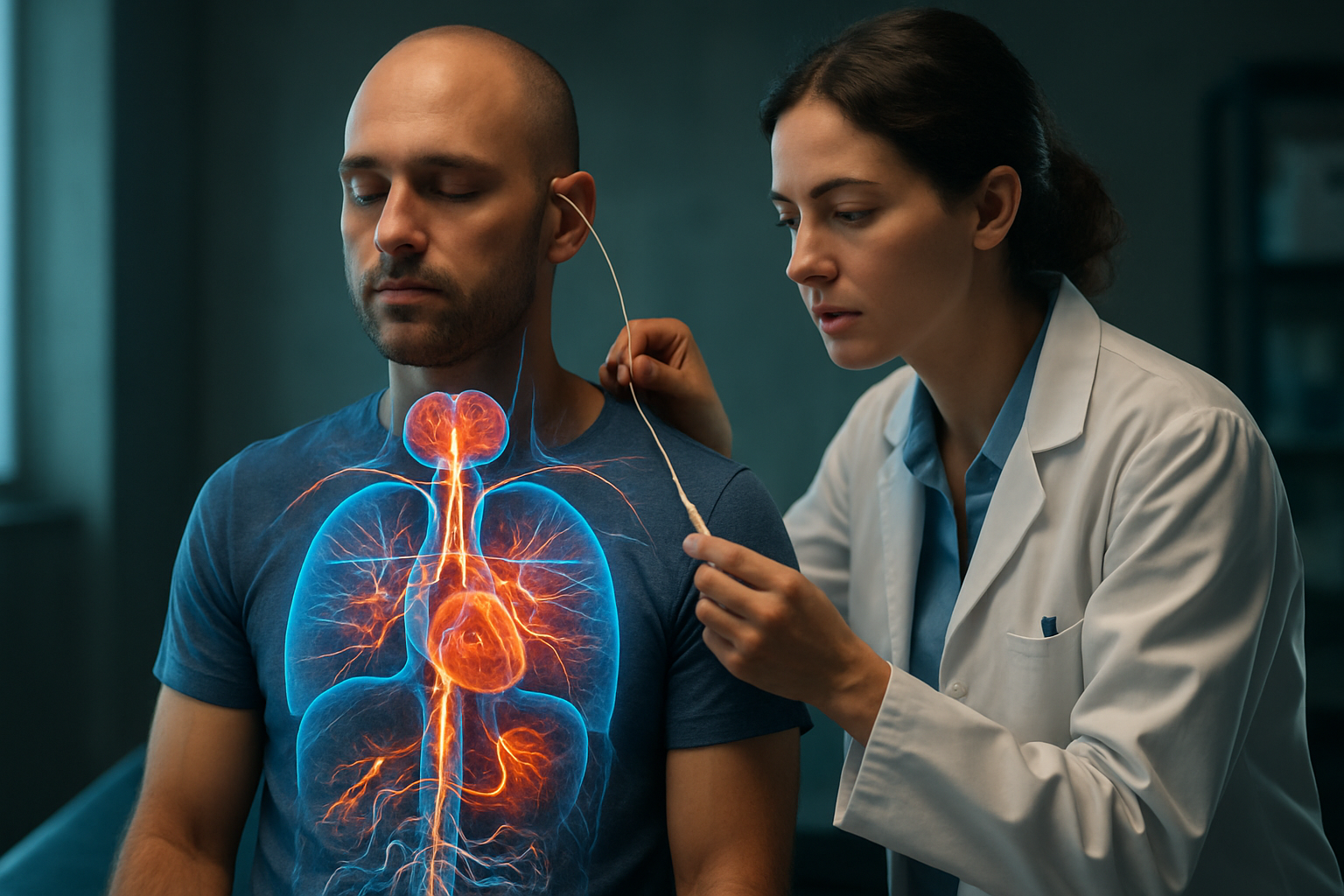Crohn's Disease: Early Signs and Symptoms!
Crohn's disease is a complex inflammatory bowel disease that can affect any part of the digestive tract, from the mouth to the anus. Recognizing the early signs and symptoms of Crohn's disease is crucial for timely diagnosis and effective treatment. This article delves into the various manifestations of Crohn's disease, with a particular focus on how it presents in women and the characteristics of active Crohn's.

What are the most common early signs of Crohn’s disease?
The early signs of Crohn’s disease can be subtle and easily mistaken for other conditions. Some of the most common initial symptoms include persistent diarrhea, abdominal pain and cramping, and unexplained weight loss. Fatigue is another prevalent early sign, often accompanied by a low-grade fever. Many patients also experience reduced appetite and may notice blood in their stool. These symptoms can develop gradually over time, making it challenging to pinpoint their onset.
How do Crohn’s symptoms differ in women?
While Crohn’s disease affects both men and women, there are some unique considerations for women. Crohn’s symptoms in women may include menstrual irregularities, increased pain during menstruation, and a higher risk of urinary tract infections. Some women with Crohn’s disease experience more severe symptoms during pregnancy or may have difficulty conceiving. Additionally, women with Crohn’s are at a higher risk of developing anemia due to blood loss and nutrient malabsorption, which can lead to extreme fatigue and weakness.
What are the hallmarks of active Crohn’s disease?
Active Crohn’s, also known as a flare-up, is characterized by an intensification of symptoms. During an active phase, patients may experience severe abdominal pain, frequent diarrhea (sometimes more than 10 times a day), rectal bleeding, and urgent bowel movements. Other signs of active Crohn’s include fever, significant weight loss, and extreme fatigue. Some patients may develop fistulas, which are abnormal connections between different parts of the intestine or between the intestine and other organs.
Can Crohn’s disease affect areas outside the digestive tract?
Interestingly, Crohn’s disease can manifest symptoms beyond the gastrointestinal system. These extraintestinal symptoms can include joint pain and swelling, particularly in the larger joints like knees and ankles. Skin problems such as erythema nodosum (painful red nodules on the skin) or pyoderma gangrenosum (deep skin ulcers) may occur. Eye inflammation, leading to redness, pain, and vision problems, is another potential complication. In some cases, Crohn’s can affect the liver, causing conditions like primary sclerosing cholangitis.
What are the less common early signs of Crohn’s disease?
While digestive symptoms are most commonly associated with Crohn’s disease, some early signs can be easily overlooked. These include mouth sores or canker sores that are slow to heal, unexplained anemia, and delayed growth or puberty in children and adolescents. Some patients may experience night sweats, loss of normal menstrual cycle in women, or develop perianal complications such as fissures or abscesses. It’s important to note that these symptoms can vary greatly from person to person, making early diagnosis challenging.
How is Crohn’s disease diagnosed and treated?
Diagnosing Crohn’s disease typically involves a combination of medical history review, physical examination, blood tests, stool samples, and imaging studies such as CT scans or MRI. Endoscopic procedures like colonoscopy with biopsy are often necessary to confirm the diagnosis and assess the extent of inflammation.
Treatment for Crohn’s disease aims to reduce inflammation, relieve symptoms, and prevent complications. The approach is highly individualized and may include:
-
Medications: Anti-inflammatory drugs, immunosuppressants, and biologics
-
Nutritional support: Special diets or supplements to address malnutrition
-
Surgery: In severe cases, to remove damaged portions of the digestive tract
-
Lifestyle changes: Stress management, smoking cessation, and dietary modifications
| Treatment Type | Description | Potential Benefits |
|---|---|---|
| Medications | Anti-inflammatories, immunosuppressants, biologics | Reduce inflammation, induce remission |
| Nutritional Therapy | Special diets, supplements | Address malnutrition, reduce symptoms |
| Surgery | Bowel resection, strictureplasty | Remove damaged tissue, relieve obstruction |
| Lifestyle Modifications | Stress management, diet changes | Improve overall health, reduce flare-ups |
Prices, rates, or cost estimates mentioned in this article are based on the latest available information but may change over time. Independent research is advised before making financial decisions.
In conclusion, recognizing the early signs and symptoms of Crohn’s disease is crucial for prompt diagnosis and effective management. While digestive symptoms are most common, it’s important to be aware of the various ways Crohn’s can manifest, including extraintestinal symptoms and unique considerations for women. If you experience persistent gastrointestinal issues or any of the symptoms discussed, consult with a healthcare professional for proper evaluation and care.
This article is for informational purposes only and should not be considered medical advice. Please consult a qualified healthcare professional for personalized guidance and treatment.




